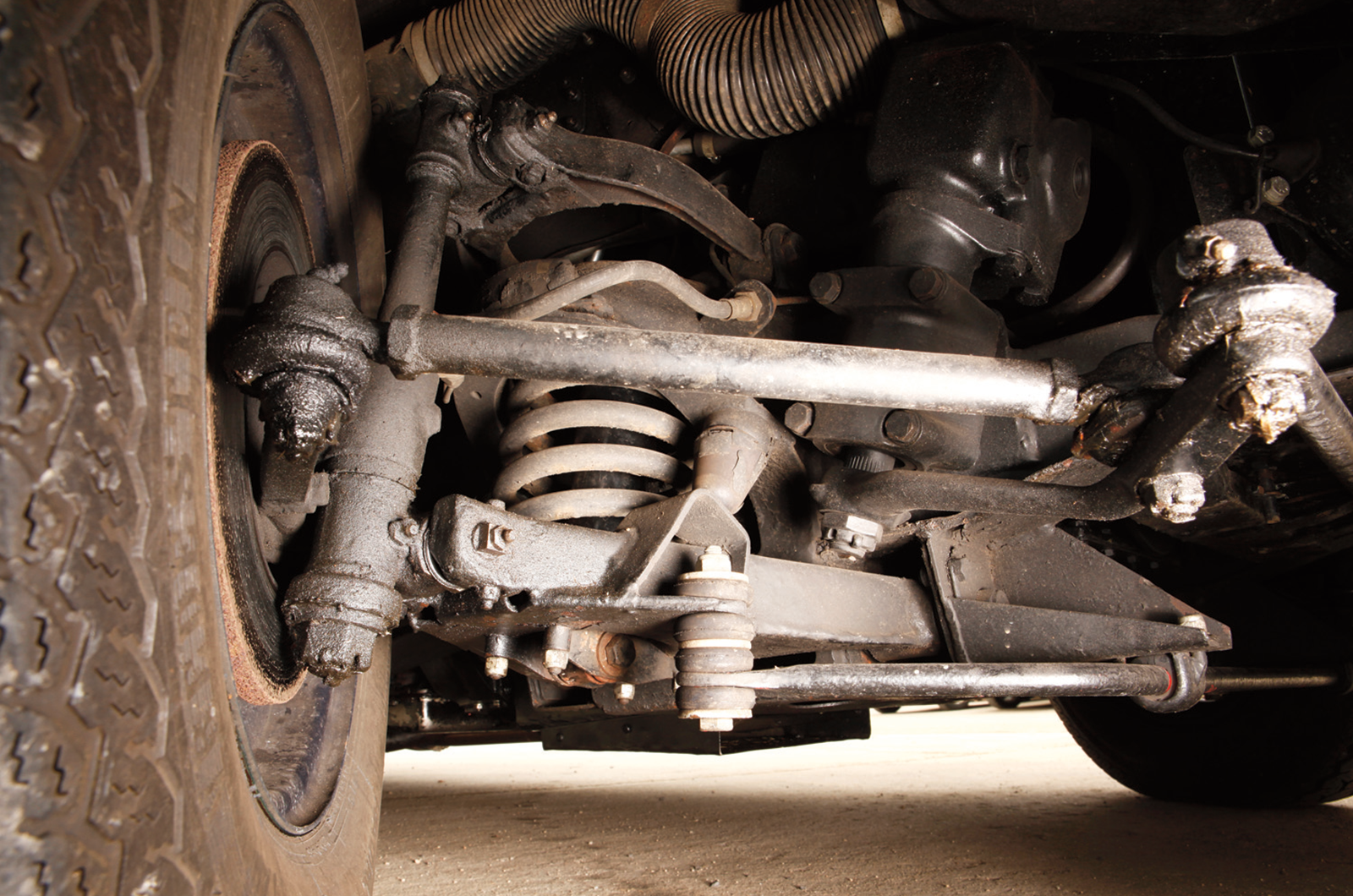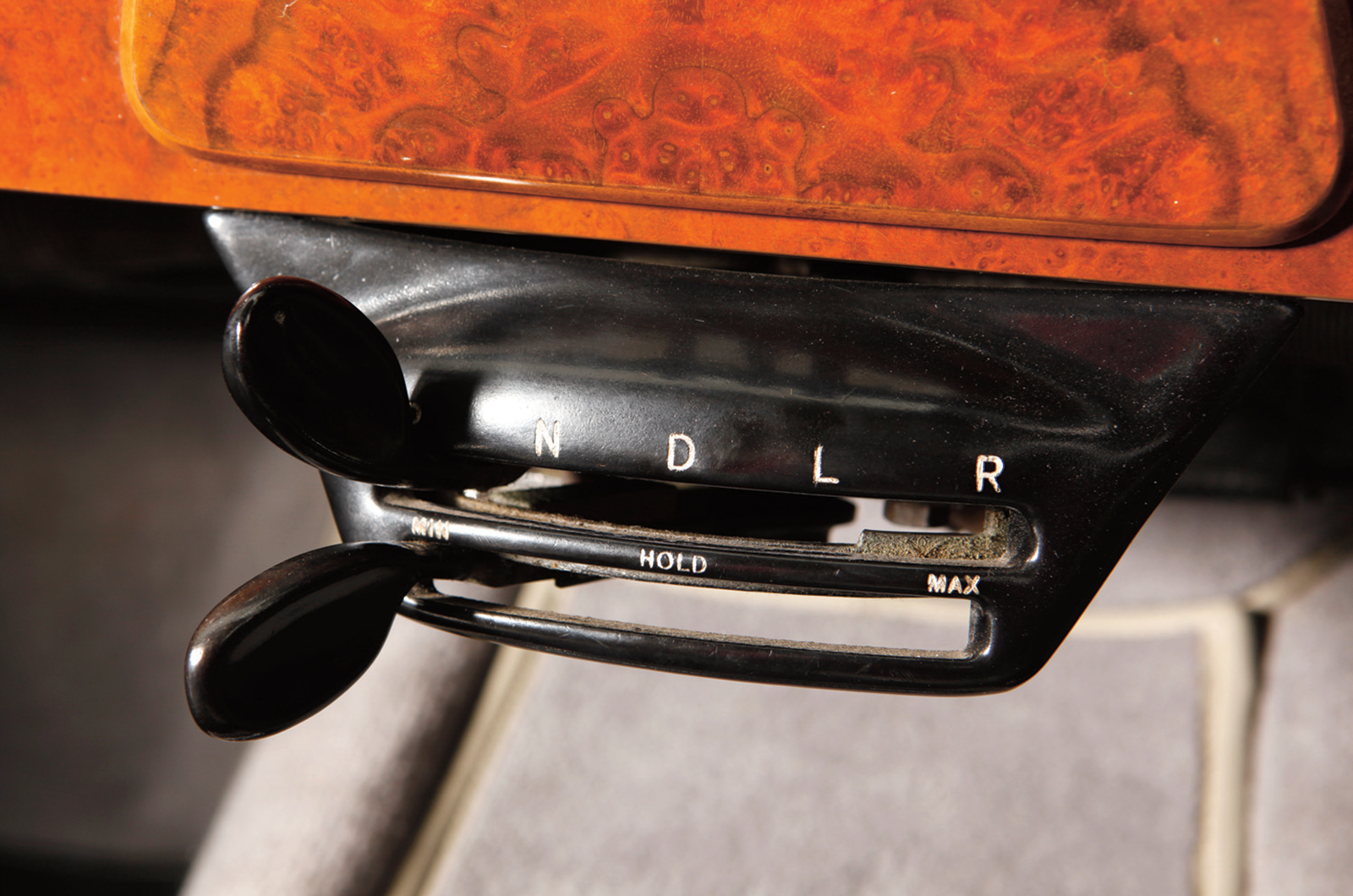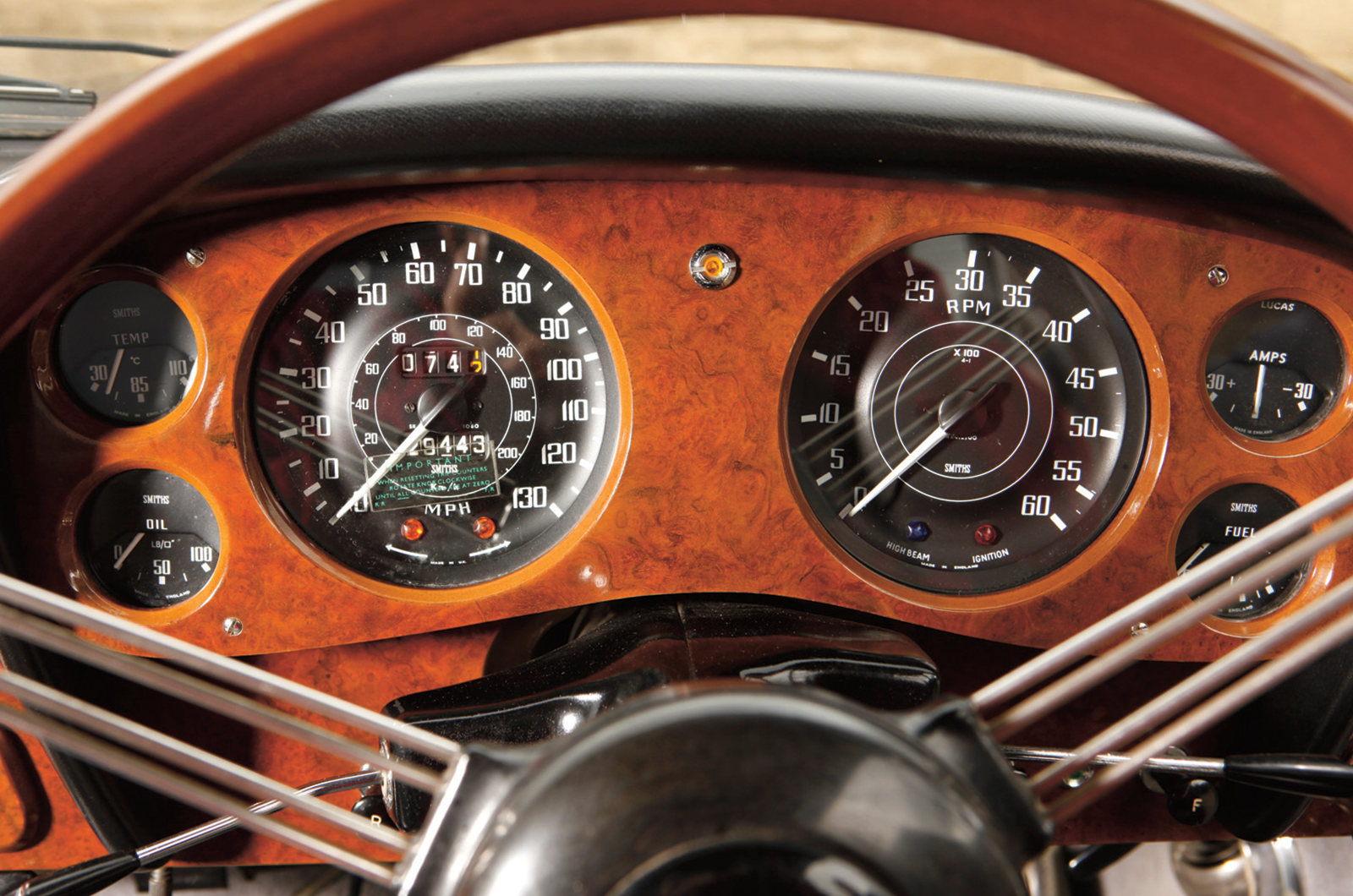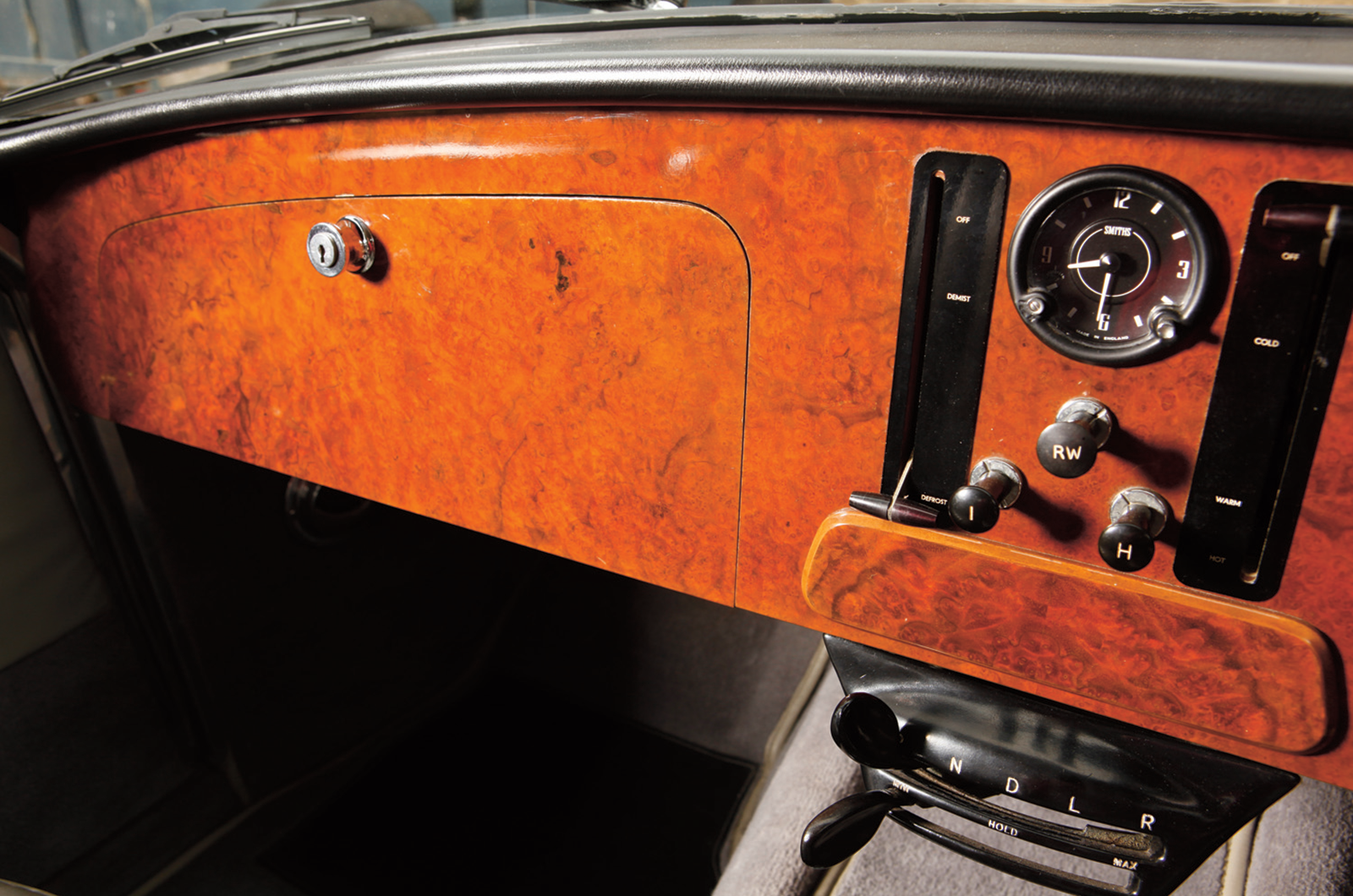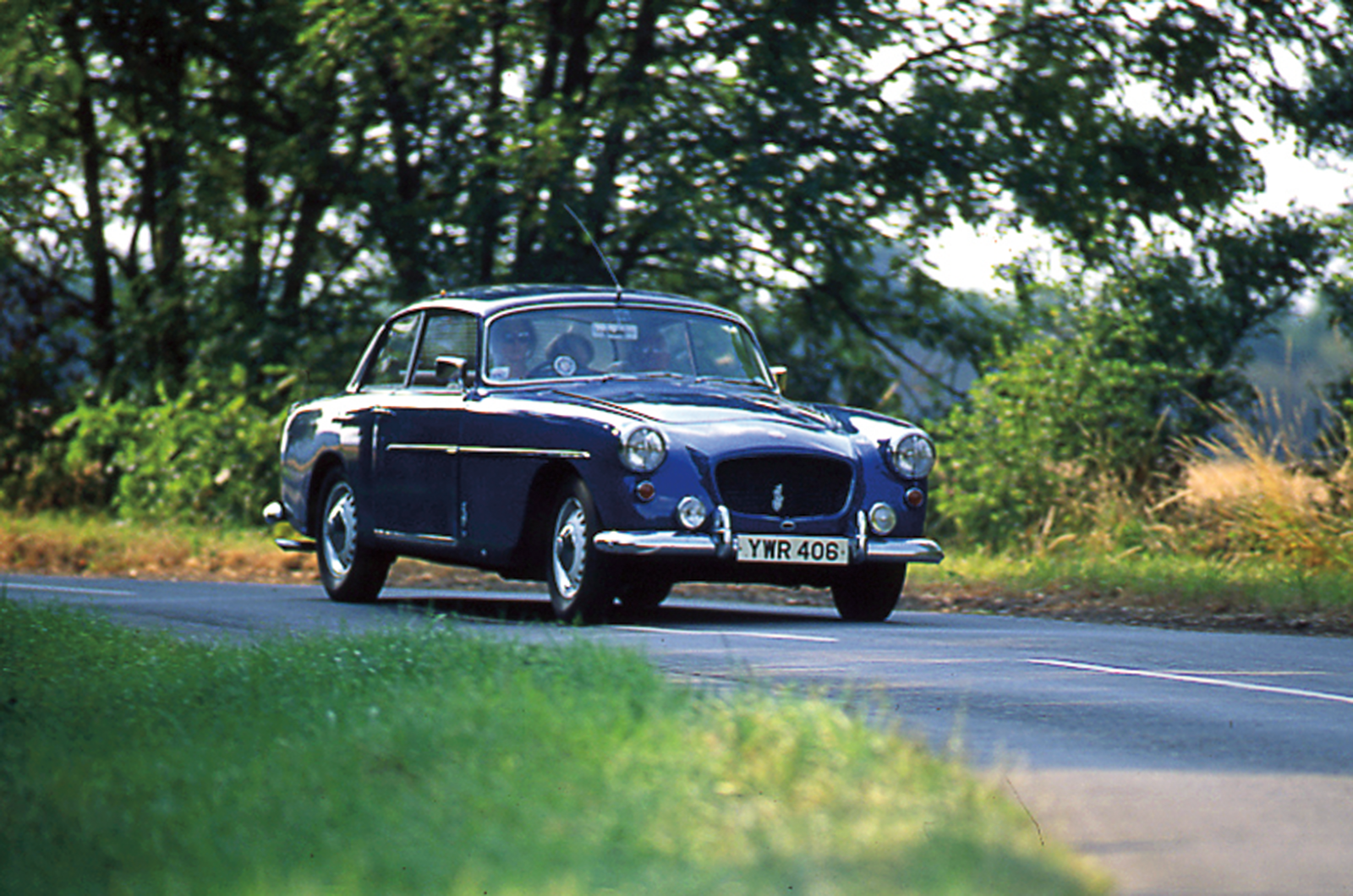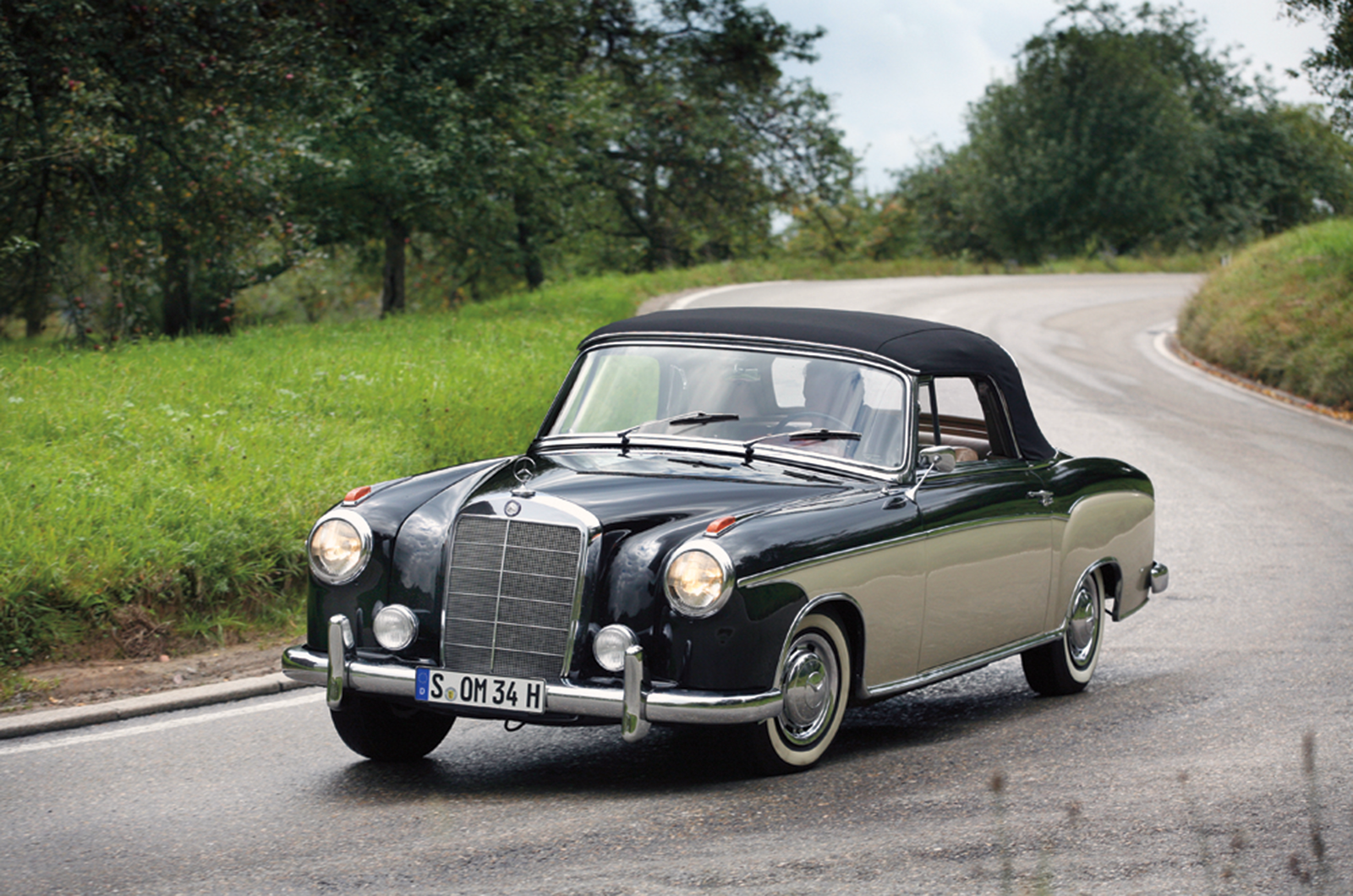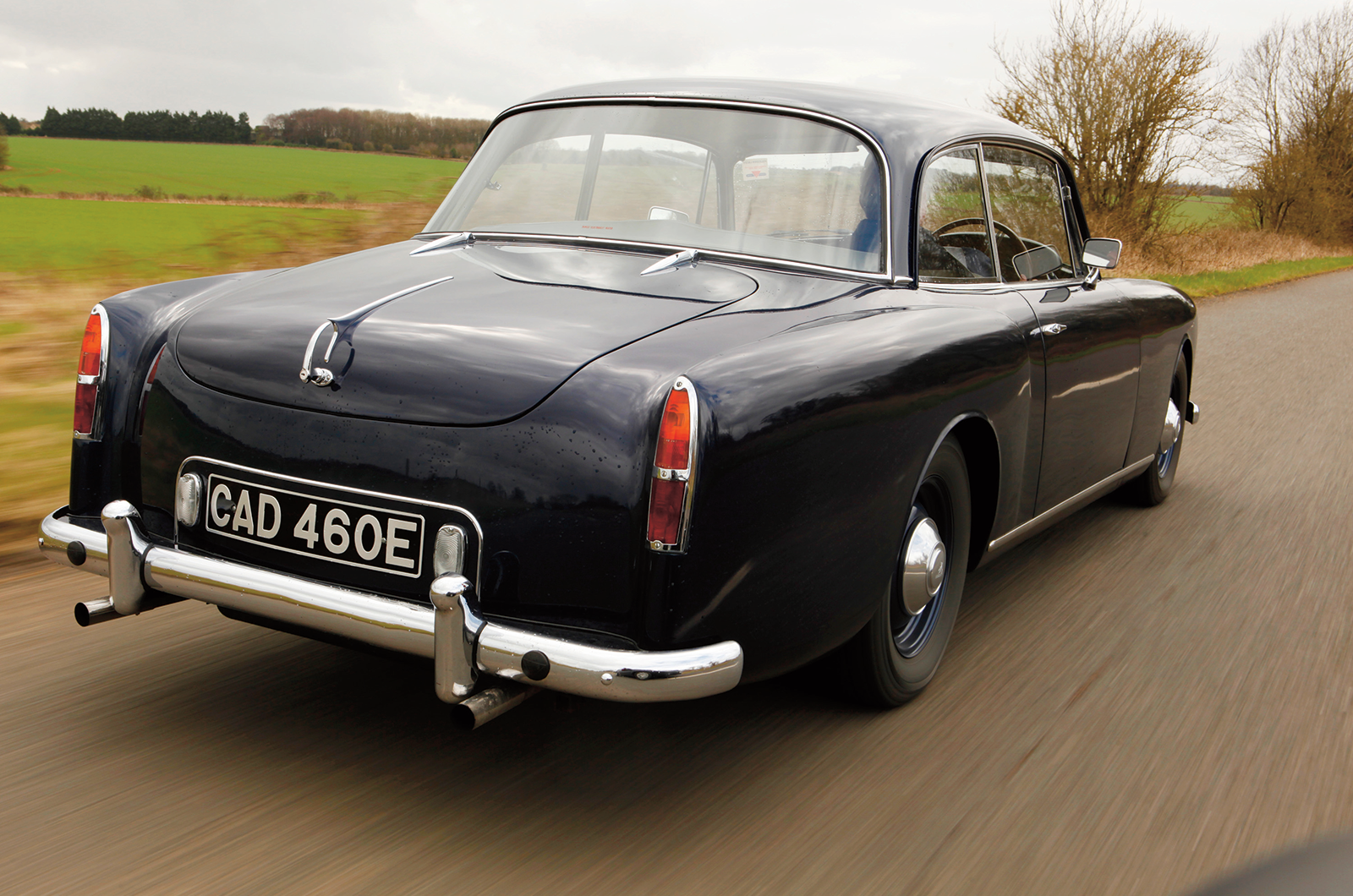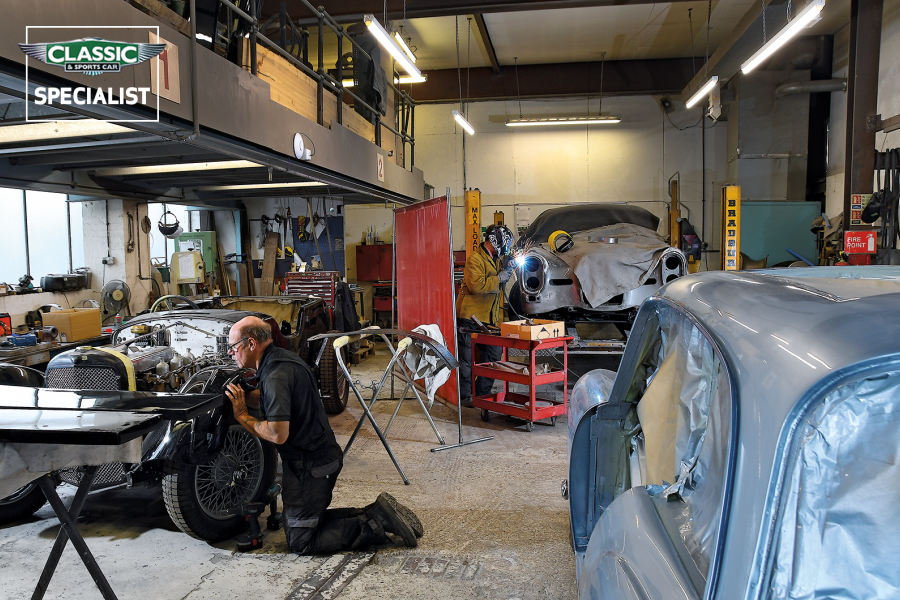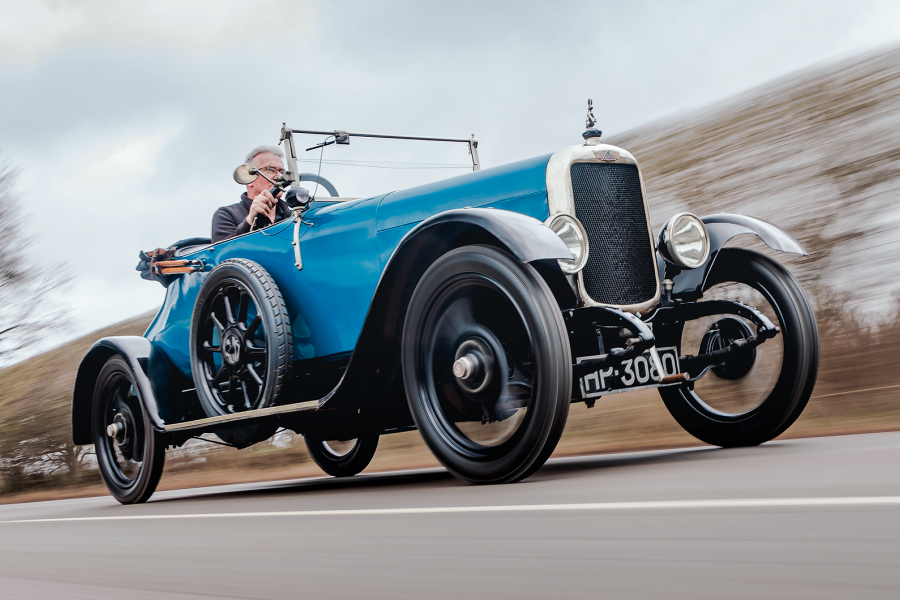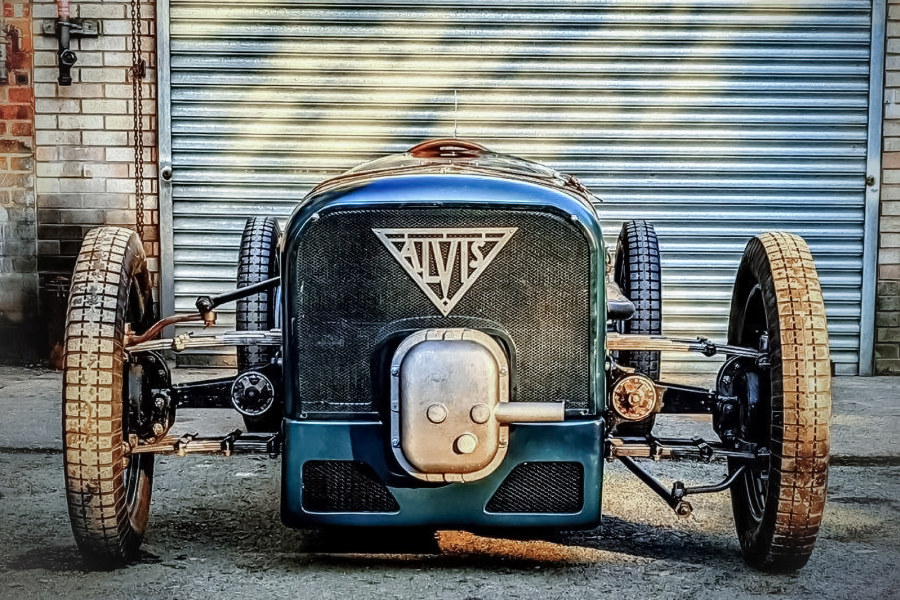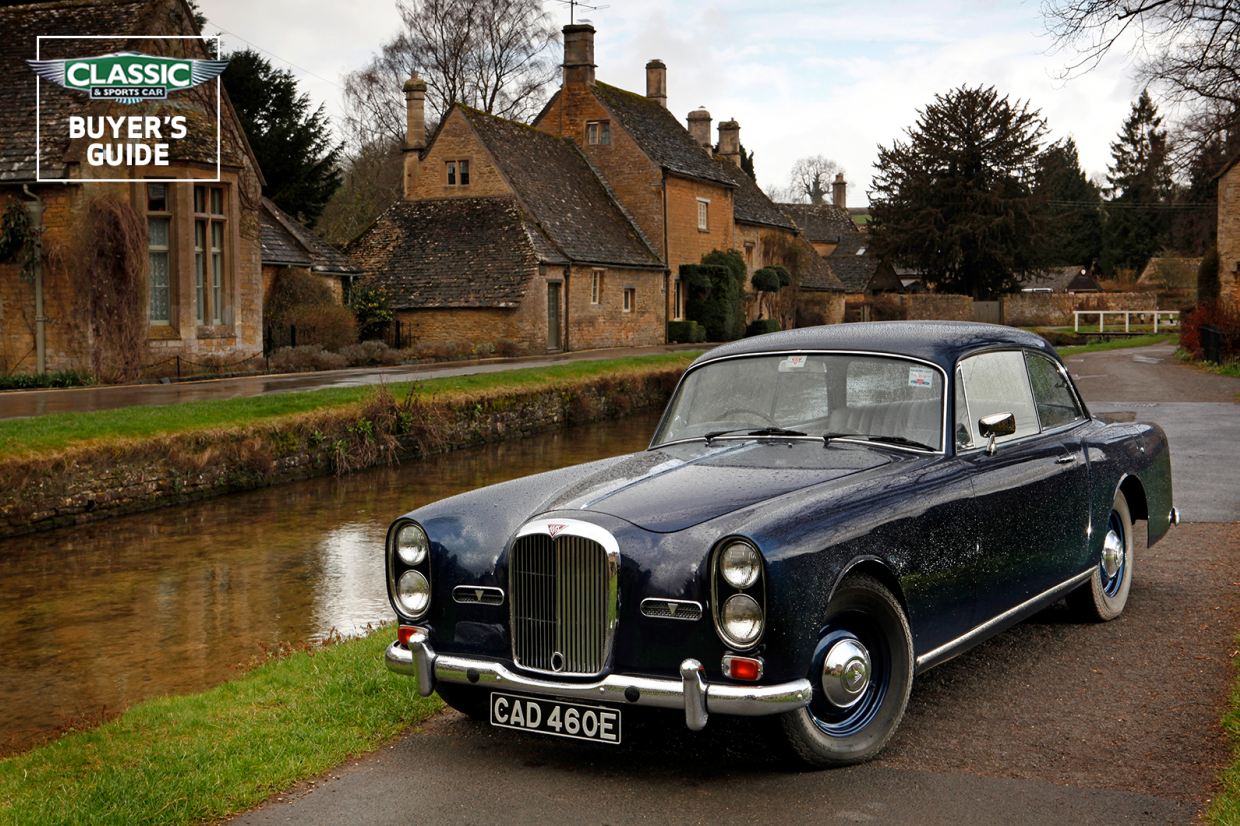
Why you’d want an Alvis TD-TF
The TD-TF range is a throwback to a gentler, more civilised era.
That doesn’t mean that the cars are slow or uncomfortable – just the opposite, in fact. But the way they were built, with a separate chassis, coachbuilt wood, steel and aluminium bodyshell and luxurious cabin full of Connolly hide and burr walnut, was no longer viable in an age of mass-production steel monocoques.
These Alvises were built by Park Ward, alongside special Royces and Bentleys: no wonder their finish was outstanding. But even those great names were embracing new methods to survive whereas Alvis – finding itself acquired by Rover in 1965, with a 15-year-old chassis and a body that was 10 – had nowhere to go.
An all-new car was too costly to develop and, if its saloons were to be volume-built, they would compete too closely with Rover. After Alvis became part of BL in ’68, the firm decided, unusually, to officially transfer all car production records and parts stock to a private company, Red Triangle. It remains the source of a vast range of Alvis components and expertise, 43 years later – and is now even producing Continuation models.


(l-r) Prototype TC108G (note more curvy top) evolved into TD; TD21s in coachbuilders’ corner at 1960 Earls Court show



